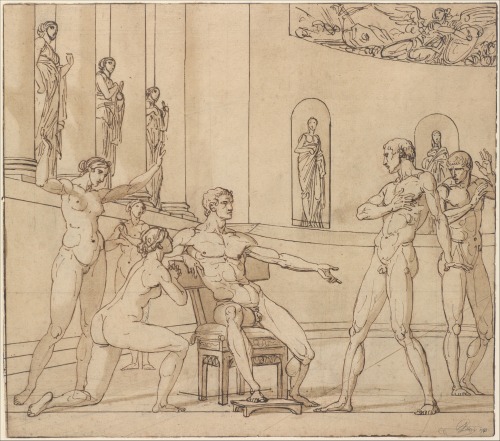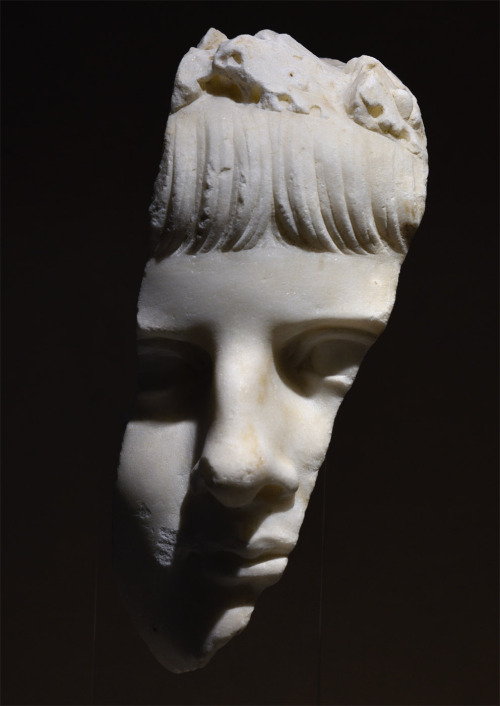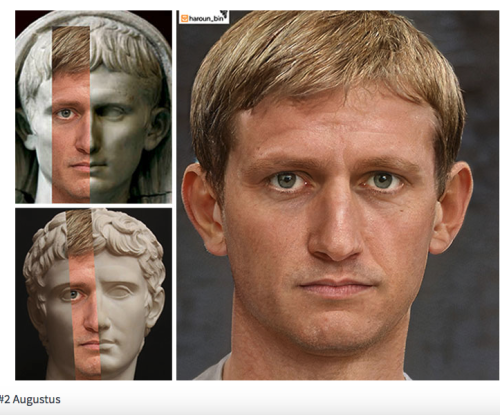#roman emperors
The Clemency of Augustus
François André Vincent (French; 1746–1816)
ca. 1787–88
Pen and brown ink, brush and brown wash, over traces of red chalk; perspective lines in graphite
The Metropolitan Museum of Art, New York
The artist here depicts the concluding scene of Pierre Corneille’s 1641 play, Cinna
Post link
Fragments of the face of Caligula. Ancient Roman sculpture, dated to c. 38 CE during his reign. Currently located in the Vatican Museums. Source: Ancientrome.ru.
Post link
Caligula’s Obelisk/Vatican Obelisk/Vaticano
Originally raised in the Forum Iulium in Alexandria by the prefect Cornelius Gallus on Augustus’s orders around 30–28 BC. No hieroglyphs. Brought to Rome by Caligula in 37 for the spina of the Vatican Circus.map Relocated by Pope Sixtus V in 1586 using a method devised by Domenico Fontana; the first monumental obelisk raised in the modern period, it is the only obelisk in Rome that has not toppled since Roman times. During the Middle Ages, the gilt ball on top of the obelisk was believed to contain the ashes of Julius Caesar. Fontana later removed the ancient metal ball, now in a Rome museum, that stood atop the obelisk and found only dust. Pedro Tafur in his Andanças (circa 1440) mentions that many passed between the ground and the “tower” basis “thinking it a saintly thing”.
Post link
Portrait of the Roman emperor Maximinus Thrax (r. 235-238 CE). Now in the Capitoline Museum, Rome.
Post link
Post link
Basilica of Maxentius, Rome, Italy.
Antiikin Historia ja Kulttuuri: Maxentiuksen ja Konstantinuksen Basilika (in Finnish)
Post link



















